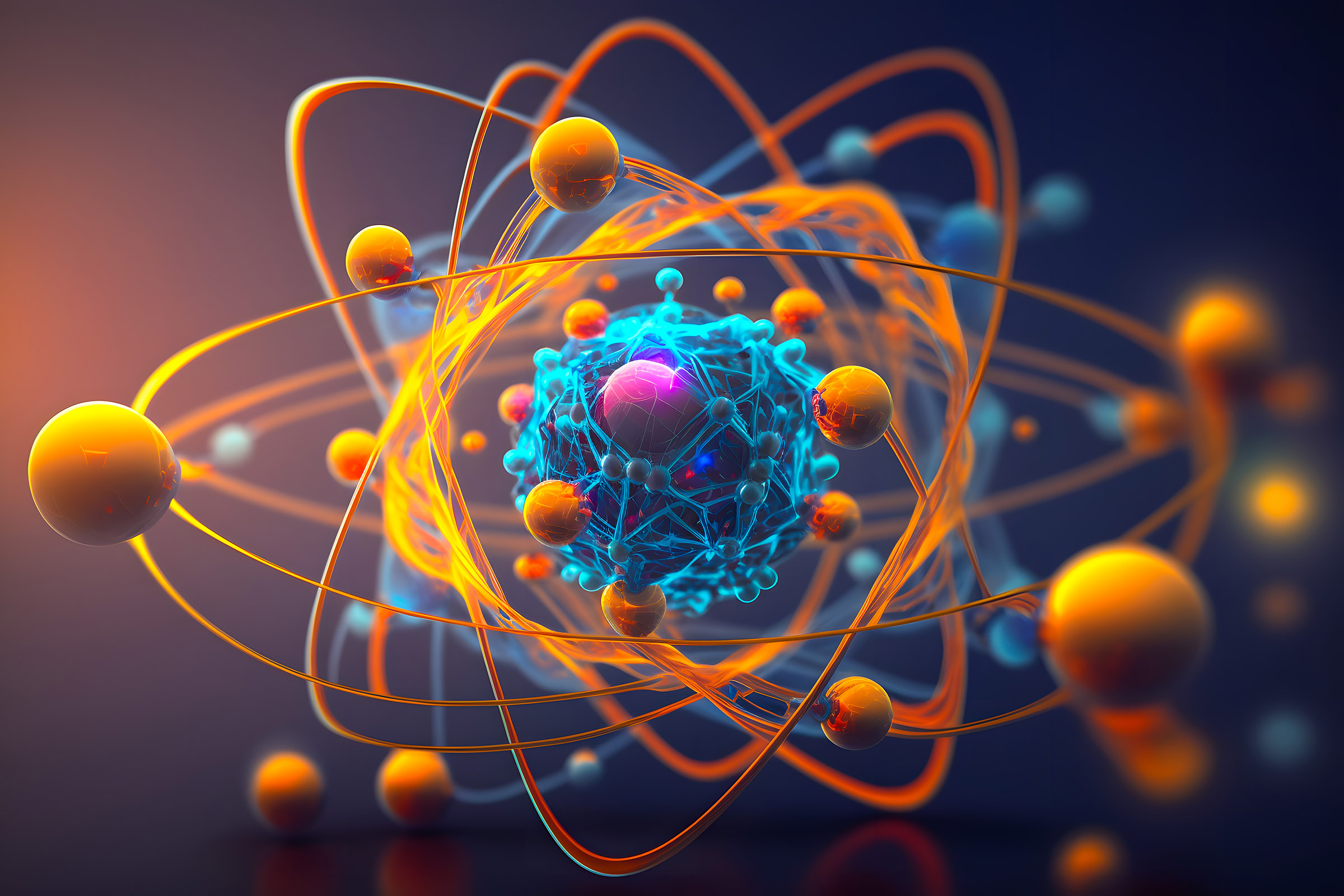New Scientific Breakthrough Could Someday Lead To Nearly Infinite Energy
The hunt for nearly infinite energy has been long and arduous, but scientists continue to look for new ways to generate the energy that we, as a species, need to power everything. The answer to this question, though, could very well be hiding in the quantum world—a realm so small that many of its phenomena actually occur at mind-bogglingly small scales.
Scientists have been trying to understand the quantum world for a long time now. In fact, the quantum Hall effect was first discovered in 1980 by a German physicist named Klaus von Klitzing. The effect basically describes the behavior of electronics when they pass through 2D materials.
Normally, you'd expect electrons to encounter resistance to materials and then scatter. However, under quantum conditions, they don't. This new state of the electrons is called an "edge state," and researchers say that these so-called edge states could be the key to figuring out a solution for nearly infinite energy.

Learning more about this edge state wasn't easy, though. Researchers say they had to come up with a completely novel method to scale up the phenomenon. They did this using a cloud of ultracooled sodium atoms instead of electronics. Then, they watched the edge states develop over several milliseconds and microns. Their findings are published in Nature Physics.
The researchers relied on a complex setup of lasers to spin like an amusement park ride and simulate the experience of living in a flat space. This entire "trap" was designed from the ground up to try to pull the atoms of ultracold sodium inward while also letting a centrifuge force try to pull them outward in an attempt to unlock the secret to nearly infinite energy.
They then used another laser to define the "edge" of the gas-like material and form a wall of light around the atoms. When the atoms interacted with light, they flowed in just one direction. The researchers also tested the atoms' resistance by placing various obstacles in their paths and found that they could pass without any measurable resistance.
Other attempts to create nearly infinite energy generators have included research into nuclear fusion reactors, which could theoretically power spaceships to other planets sometime in the future. But, for now, the idea of infinite energy still remains a bit outside of our grasp.
